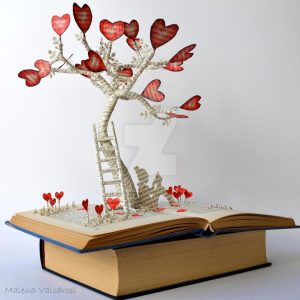Introduction: Jewelry has been cherished and adorned by humans for centuries. From ancient civilizations to modern times, jewelry has held a significant place in our lives, symbolizing wealth, status, beauty, and personal expression. Join me on a mesmerizing journey through the captivating history of jewelry, where we’ll explore the origins of this timeless art form and its evolution throughout the ages.
Paragraph 1: The earliest evidence of jewelry dates back over 100,000 years, with shell beads found in Africa. However, it was in ancient civilizations like Egypt, Mesopotamia, and the Indus Valley where jewelry truly flourished. These societies used precious metals like gold and silver, along with gemstones such as lapis lazuli and carnelian, to create exquisite pieces. Jewelry served not only as adornment but also as a symbol of religious, social, and political significance, with elaborate designs crafted for royalty and the elite.
Paragraph 2: One of the most iconic periods in jewelry history is ancient Egypt. The Egyptians believed that jewelry had magical and protective qualities, and it played an essential role in both life and death. Intricate amulets, elaborate collars, and stunning headdresses were crafted using precious stones like turquoise and carnelian, as well as semi-precious materials such as faience and glass. These pieces adorned pharaohs, queens, and noble individuals, symbolizing their power and divinity.
Paragraph 3: The Roman Empire, known for its grandeur and opulence, took jewelry to new heights. Gold, pearls, emeralds, and rubies became popular, and techniques like granulation and filigree were mastered. Roman jewelry was not only a display of wealth but also a means of demonstrating social status and conveying messages. Rings with engraved gems were used as personal seals, while brooches and fibulae served functional and decorative purposes, fastening garments together in an elegant manner.
Paragraph 4: The medieval period witnessed the influence of Christianity on jewelry design. Religious motifs, such as crosses and saints, adorned pendants and brooches. Gemstones were believed to have healing properties, and the art of lapidary flourished. Intricate engravings, delicate enamel work, and the use of gold and silver showcased the craftsmanship of the time. Jewelry became a symbol of faith, and nobility adorned themselves with extravagant pieces to display their power and devotion.
Paragraph 5: The Renaissance brought a resurgence of classical influences, with jewelry designs inspired by ancient Greece and Rome. Gemstones regained their prominence, and new discoveries from the New World, such as diamonds and pearls, captured the imagination of jewelers. Intricate necklaces, earrings, and tiaras adorned noblewomen, while men flaunted elaborate brooches and signet rings. Jewelry became a statement of wealth, sophistication, and artistic expression during this period.
Conclusion: As we conclude our journey through the captivating history of jewelry, we realize that this art form has transcended time, cultures, and societies. From its humble beginnings as simple adornments to its role in symbolizing power, faith, and beauty, jewelry continues to enchant us today. Its intricate craftsmanship, the allure of precious metals and gemstones, and the personal stories it carries make it more than mere accessories. Jewelry is a testament to our human desire for self-expression, connection, and the timeless pursuit of beauty.





